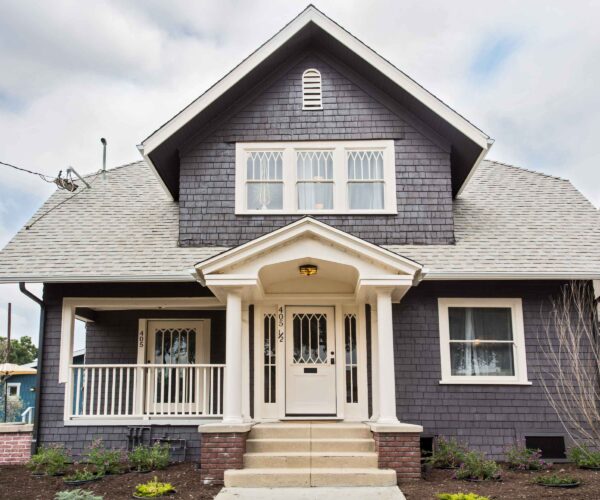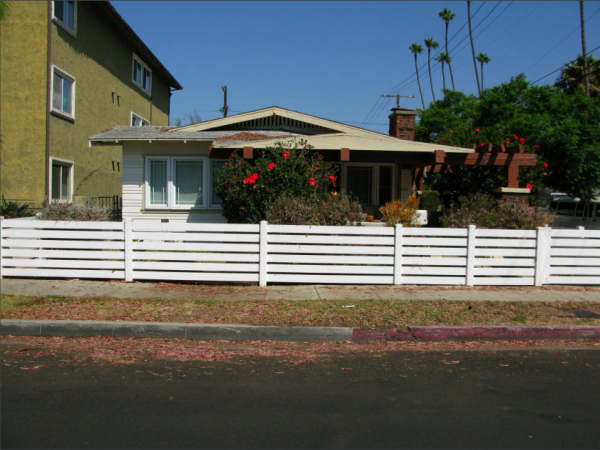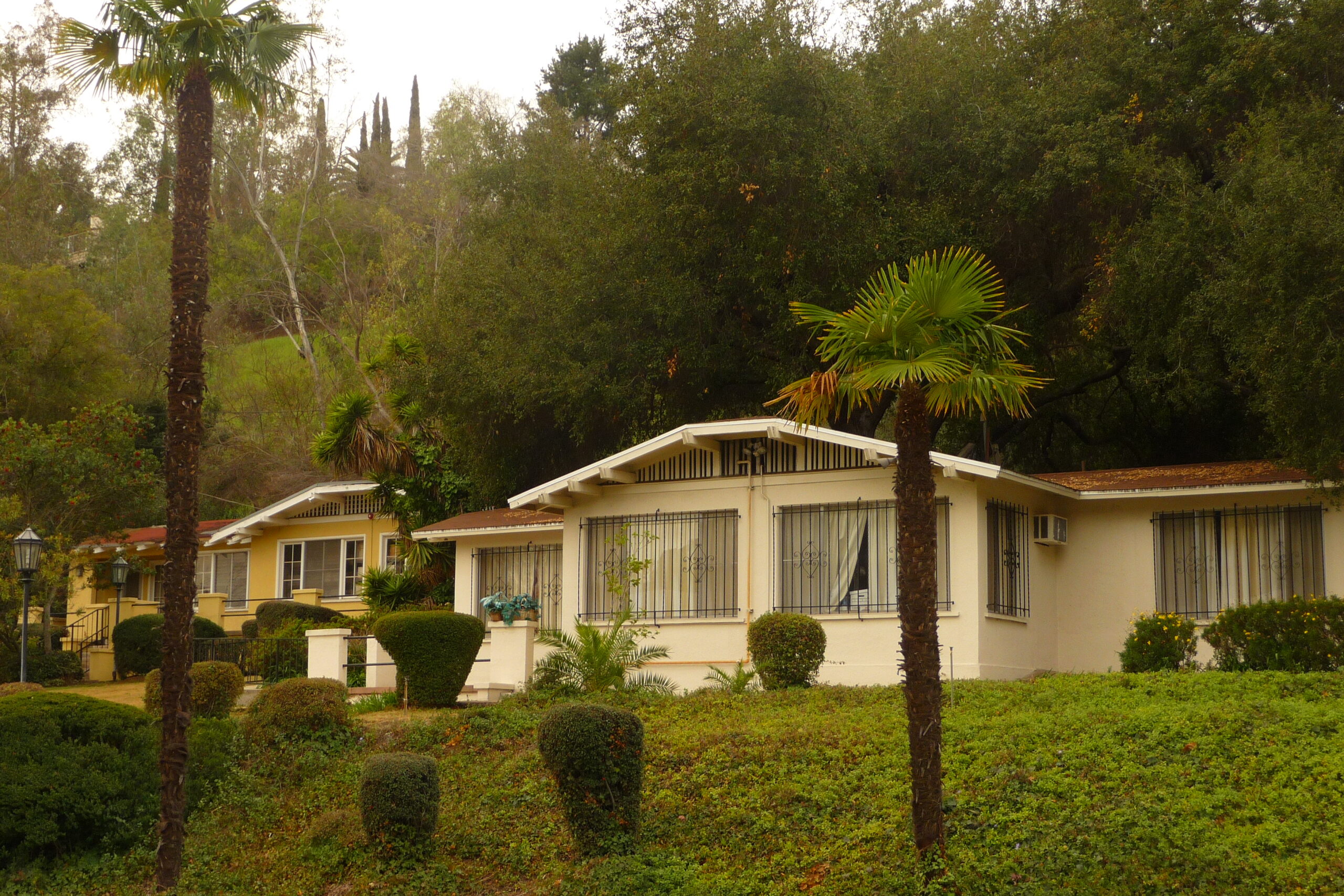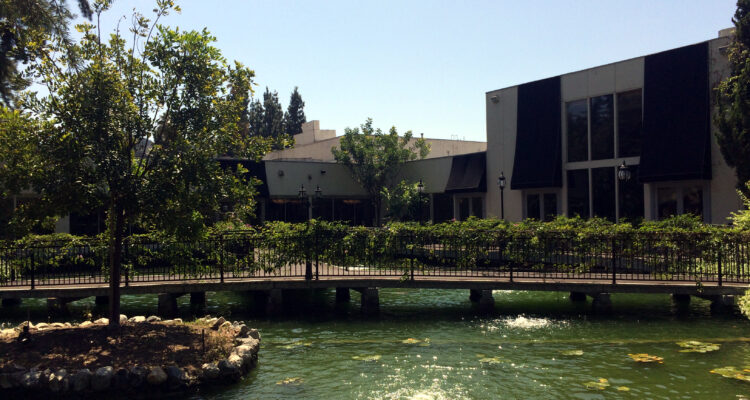
Place
Sportsmen’s Lodge
A rustic fixture on Ventura Boulevard for more than half a century, the Sportsmen's Lodge embodies the story of the San Fernando Valley.
Lost
Located in the heart of Studio City, the lush Sportsmen’s Lodge exemplified the story of the San Fernando Valley itself.
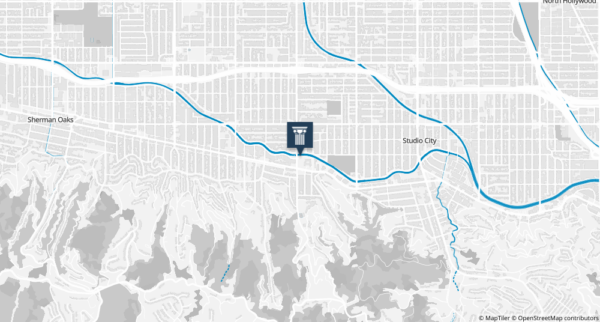
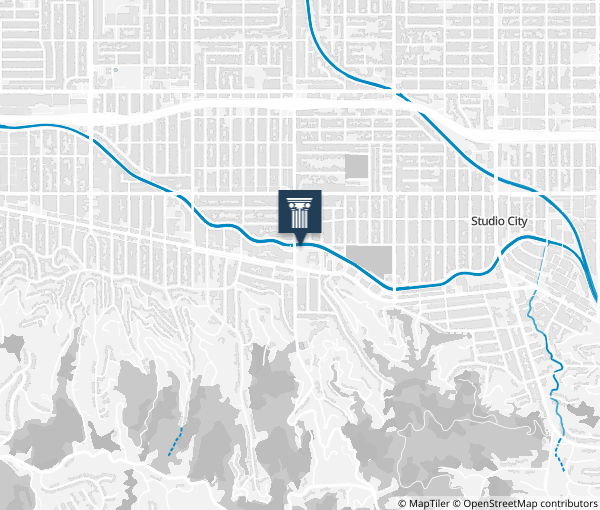
Place Details
Address
Neighborhood
Year
Style
Property Type
Government Officials
Community
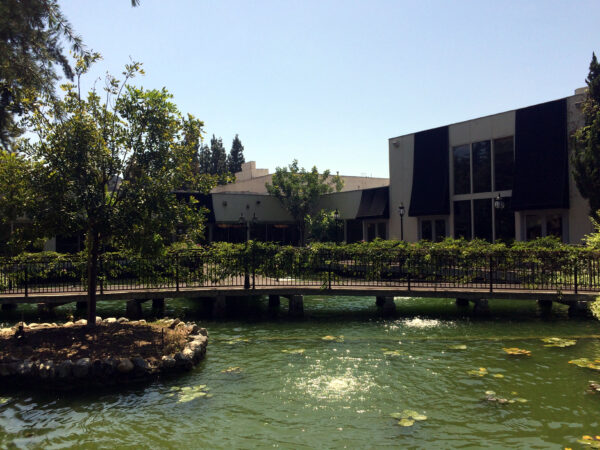
Sportsmen's Lodge, 2015. Photo by Shane Swerdlow.
Overview
As rural site that evolved into an urban destination, the Sportsmen’s Lodge buildings and landscape reflect the Valley’s growth in the mid-twentieth century.
It is one of the Valley’s earliest and most significant fine dining locations and was intended to be a lively roadside attraction within the context of the region’s bustling automobile culture. It also represents the local community’s unique connection to the entertainment industry.
About This Place
About This Place
One of the San Fernando Valley’s quintessential landmarks, the Sportsmen’s Lodge was at the center of the Valley’s social and political life for much of the twentieth century. The famed restaurant and banquet hall, located along one of the Valley’s major arteries, was known for its fish ponds, outdoor gardens, and star-studded celebrations.
Although accounts vary, the site is believed to have been used for recreational fishing as early as the 1880s. In the early 1910s, it was known as Hollywood Trout Farms. The natural ponds were replaced with man-made lakes in the 1920s.
Beginning in the 1920s, the surrounding neighborhood of Studio City, so-named due to the growing number of movie studios, emerged as a satellite hub of the motion picture and entertainment industries. The number of restaurants and bars in the area mushroomed as a result.
In 1939, Trout Lakes & Lodge, Ltd. purchased the property and constructed a bait and tackle shop.
When it opened its doors in the early 1940s, the restaurant, like other establishments, was frequented by movie stars, film executives, and production workers, particularly those working at nearby Republic Studios (now CBS Studio Center).
During the Sportsmen’s Lodge’s early years, customers could rent fishing equipment and fish for trout on the property. The restaurant would then cook and serve the customer’s catch. Though this practice ceased in the 1950s, it helped cement the establishment’s status as a woodsy retreat for local residents.
As the Valley itself expanded and evolved, the Sportsmen’s Lodge underwent numerous changes in the 1940s, ’50s, and ’60s in order to meet the needs of the surrounding community. The presence of the motion picture industry in surrounding Studio City ensured a steady stream of patrons from the nearby studio lots, including Clark Gable, John Wayne, Katharine Hepburn, Spencer Tracy, and Bette Davis.
In 1962, the owners unveiled a new hotel on the property, and the trout ponds then became home to a family of swans. As the lush facilities grew, the Sportsmen’s Lodge solidified its reputation as the social center of the Valley, attracting residents, businessmen, politicians, and celebrities alike.
In 2002, the Studio City Residents Association (SCRA) submitted a nomination for the Sportsmen’s Lodge for designation as a Los Angeles Historic-Cultural Monument (HCM), with support from the Conservancy. Although there was not a specific proposal on the table at that time, the site was believed to be a target for redevelopment in the future. The nomination included the restaurant, banquet center, and landscape.
The Cultural Heritage Commission (CHC) recommended approval of the HCM nomination. At the request of City Council, the SCRA and Conservancy participated in a number of meetings with the property owner to find a compromise that would preserve the historic resources on the site while maintaining its development potential.
In 2006, the City Council’s Planning and Land Use Management Committee voted to deny HCM status, raising questions about the site’s integrity and arguing that there was insufficient evidence to support the nomination. The property owner then entered into an agreement with the City that placed a covenant on the property, stipulating that the owner maintain a permanent, publicly accessible garden area on the property that commemorates the original Sportsmen’s Lodge landscape. The CHC is required to review any building plans to ensure that the landscape feature is designed and incorporated per the agreement.
In 2013, the SurveyLA field team surveyed the property and identified the Sportsmen’s Lodge site as a “rare and early private recreational facility in the San Fernando Valley” and an “important and popular gathering place for people working in the San Fernando Valley.”
Despite ongoing questions about the property’s historic significance, the City released a Mitigated Negative Declaration (MND) for the proposed Sportsmen’s Landing project in October 2014, which did not address the impacts associated with the demolition of the banquet hall and restaurant. The MND indicated that the conditions outlined by the convenant for the commemorative landscape, along with the installation of a plaque or interpretive display, would satisfy any mitigation requirements.
In December 2014, the Director of Planning granted a Specific Plan Project Permit Compliance and a Specific Plan Project Permit Adjustment conditional approval to allow for the demolition of the existing structures and the construction of the proposed project. An appeal was filed in January 2015, but later withdrawn. Subsequently, neighboring property owners, including the owner of the adjacent hotel, filed a second appeal, which did not mention the historic resources.
Our Position
The Conservancy was involved in the efforts in the early to mid-2000s to designate the Sportsmen’s Lodge as an Historic Cultural Monument due to the significant role it played in the twentieth century development and identity of the San Fernando Valley.
Given the outstanding questions regarding the property’s eligibility as an historic resource, the Conservancy believed that a full Environmental Impact Report (EIR) should have been prepared for the proposed project. This would have allowed for greater study of the potential impacts to the Sportsmen’s Lodge and would have required an analysis of possible alternatives that could have incorporated the existing resources into the new construction.
The Conservancy is also concerned about the precedent that this project might set, as it reflects a growing trend in the City’s treatment of historic resources and the California Environmental Quality Act (CEQA). Similar questions have been raised with the 2014 demolitions of the Mole-Richardson Studio Depot and St. John’s in the Valley Methodist Church.
